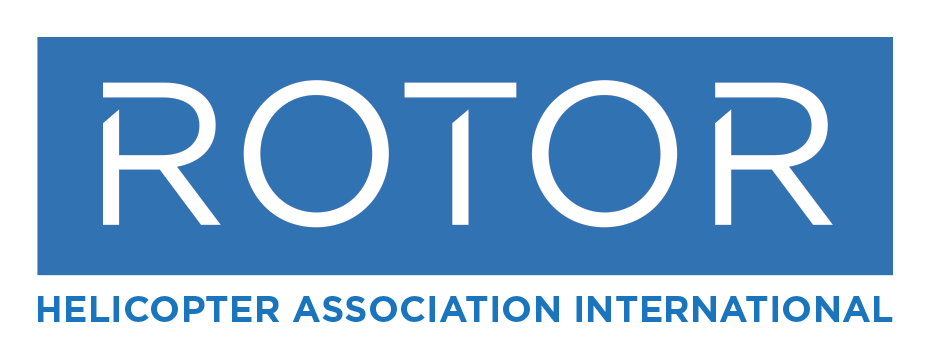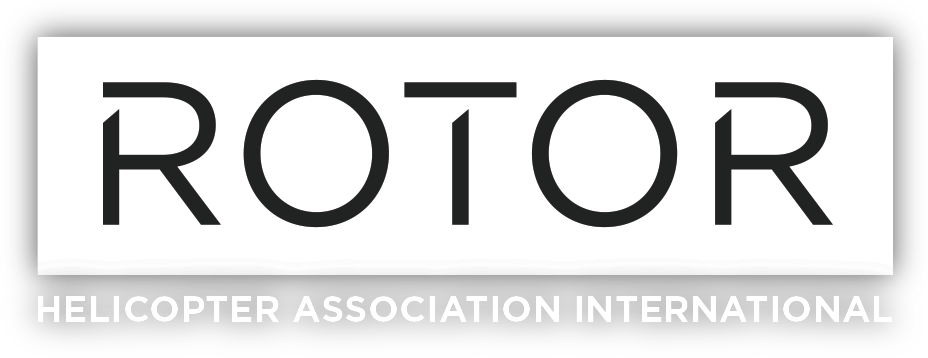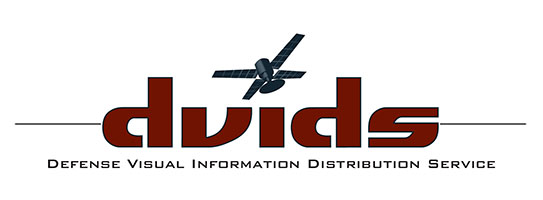Employers will only spend about 6 seconds looking at a resume. Make sure yours stands out by being well organized with a focus on the essentials.
Aviation resumes should be only 1 PAGE in length. They should have a clean, easy-to-skim look with plenty of white space.
What to Include (and What to Leave Out)
An Objective section is NOT necessary. However, the Qualifications and Experience sections are supremely important. Dates should include month and year.
When listing your A&P license, add your certificate number and date. Also, be aware that the FAA spells powerplant (as in “airframe and powerplant mechanic”) as one word (resist your spell check).
Remove the fluff. Don’t list scores and scores of additional duties, skills, or courses unless they are pertinent for the job you are applying for. List only the important, eye-grabbing stuff – keep it concise.
As a general rule for civilian resumes, do not list your security clearance (but if you are applying for government contractor jobs, then do include it on that resume).
Incorporate Language from Job Posting into Resume
Many recruiters use software to screen the resumes they receive for relevance to the job posting. The software scans the text used in your resume and compares it with the job posting. Resumes that include more of the terms and keywords used in the posting are considered better matches and go to the top of the pile.
How do you make past that first screening? The first step is to read the job ads you’ll be applying for! As much as possible, make your resume match the ad you want to apply for. Use the keywords and terminology FROM the job posting and insert them INTO your resume. This is one case where it’s not just OK to copy – it’s recommended!
Translate Your Experience into “Civilian”
Yes, you are proud of your military experience – and you should be. It’s part of what makes you such a great candidate for civil industry positions.
But if you are applying to join civilian companies, you should present yourself as part of the civil industry. One way to do that is to use civilian aviation terms and remove ALL military acronyms. Use civil acronyms as well as full spellings so your resume will pass the initial keyword scan:
- Airframe & Powerplant (A&P)
- Soldiers, sailors, airmen = mechanic, technician, maintenance technician
- Officer in charge or NCO in charge = supervisor or manager
Make it easy for your hiring manager to understand your experience – list the civil models of the aircraft you have flown or worked on.
- UH-1H = Bell 205
- UH-1N = Bell 212
- TH-58 = Bell 206
- TH-57 = Bell 206B-3
- OH-58 = Bell 206A
- UH-72= EC145
- H-65 = AS365
- OH-6A= MD500
- MH-6M = MD530
- H-64 = Apache
- H-60 = S-70
- H-47 = B234
- H-53 = S-65
- H-3 = S-61
- H-1 = Cobra
Another set of eyes is always a good idea – and in this case, make it a set of civilian eyes. Have someone in the civil helicopter industry review your resume and give you feedback.





